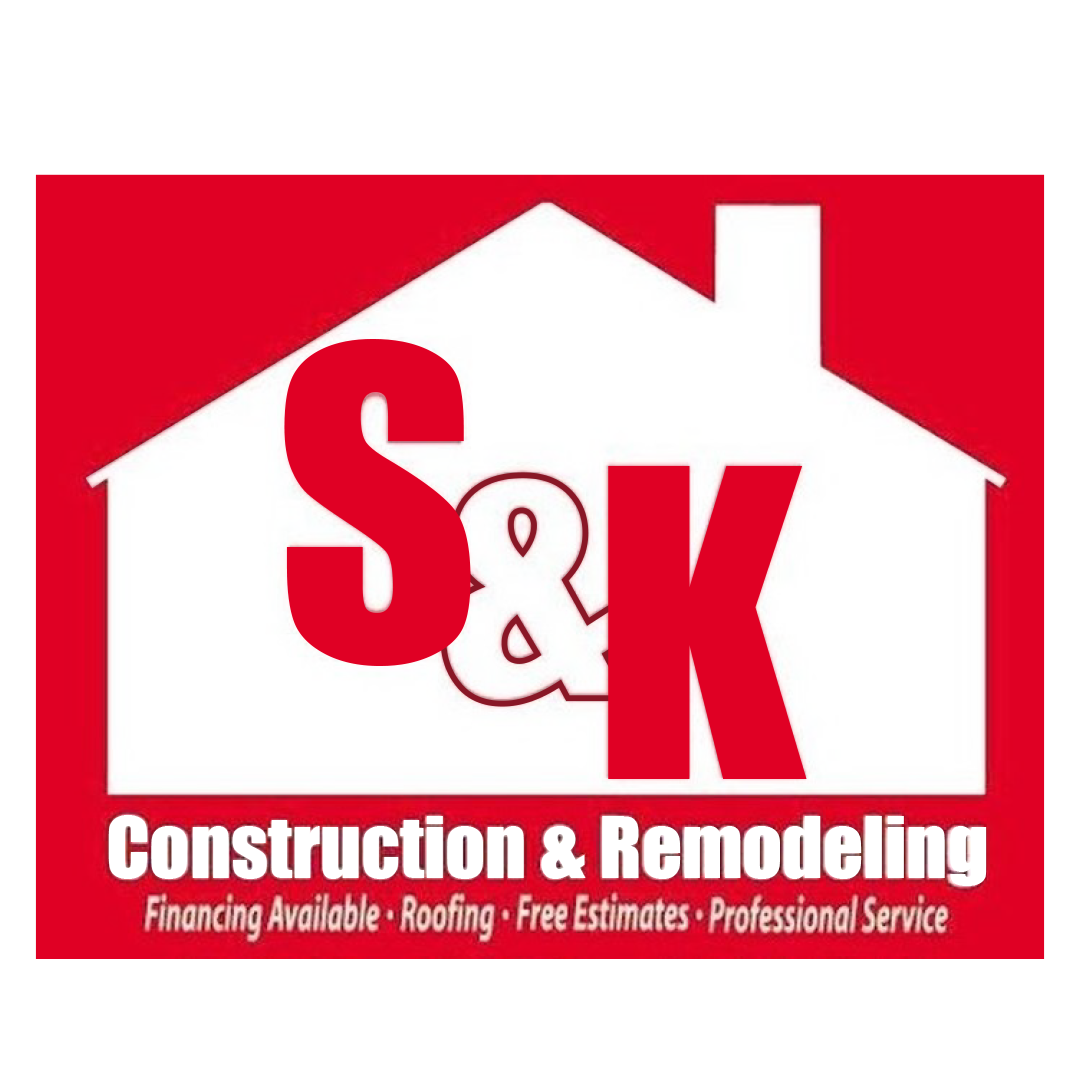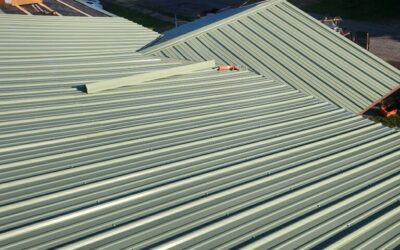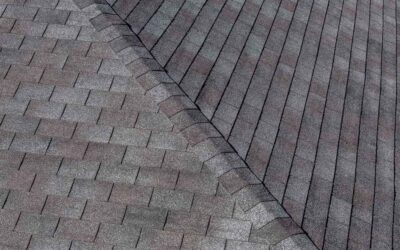Understanding Roof Replacement Labor Cost: What Homeowners Need to Know
When your roof reaches the end of its lifespan or sustains serious damage, a roof replacement becomes inevitable. One of the biggest questions homeowners face is: How much will roof replacement labor cost? Labor costs can vary widely based on many factors — the size and complexity of your roof, location, materials, and the roofing contractor you hire. This guide dives deep into everything you need to know about roof replacement labor costs so you can plan your budget wisely and avoid surprises.
Why Understanding Roof Replacement Labor Cost Matters
Many homeowners focus first on the price of roofing materials when budgeting for a roof replacement. However, labor costs often make up a significant portion of the total project expense — sometimes 40-60% or more. Labor includes the physical work of removing your old roof, preparing the surface, installing new materials, and cleaning up.
Ignoring labor costs can lead to an underestimation of the total roofing project, which might cause delays or choosing subpar contractors to save money. Understanding labor costs helps you:
- Plan your budget accurately
- Compare quotes from different roofing companies effectively
- Make informed decisions about materials and project scope
- Avoid scams or lowball bids that cut corners on workmanship
What Is Included in Roof Replacement Labor?
Roof replacement labor typically covers these tasks:
- Removing Old Roofing Materials
Tear-off of shingles, underlayment, and possibly roof decking if damaged. - Disposal of Debris
Labor includes hauling away old materials and keeping the worksite clean. - Roof Inspection and Repairs
Labor for inspecting the roof deck and replacing or repairing rotten or damaged plywood or decking. - Installation of Underlayment
The protective layer beneath shingles or metal roofing. - Installation of New Roofing Materials
Laying shingles, metal panels, tiles, or other roofing systems. - Installing Flashing and Ventilation
Properly sealing around chimneys, vents, and valleys, and adding or replacing roof vents. - Clean-up and Final Inspection
Ensuring no nails or debris remain and the roof is ready to protect your home.
Factors Affecting Roof Replacement Labor Cost
Several factors influence the labor cost for roof replacement. Understanding these will help you get accurate estimates and know what to expect:
1. Roof Size
Roofing labor costs are often calculated per square foot or per roofing square (1 roofing square = 100 sq. ft.). Larger roofs require more labor hours and materials, increasing labor cost.
2. Roof Pitch and Complexity
Steeper roofs or roofs with multiple angles, dormers, skylights, chimneys, or valleys take more time and skill to replace. This complexity increases labor costs because it requires extra safety measures, specialized equipment, and more time.
3. Type of Roofing Material
Certain materials require more precise installation or are heavier and harder to handle. For example:
- Asphalt shingles: Generally quicker and cheaper to install.
- Metal roofing: Requires specialized labor and tools.
- Tile or slate: Heavy and fragile, demanding careful and slower installation.
4. Removal of Old Roofing
If your roof has multiple layers of shingles or old roofing that needs removal, labor costs go up due to increased disposal and tear-off time.
5. Location and Local Labor Rates
Labor rates vary by region. Urban areas or regions with a high cost of living typically have higher labor rates than rural areas. Weather conditions and seasonality can also affect labor availability and cost.
6. Roof Accessibility
Roofs that are difficult to access due to height, lack of nearby parking for equipment, or restricted work areas may increase labor time and cost.
7. Contractor Experience and Reputation
Experienced and highly rated contractors may charge more, but they often provide better workmanship, warranties, and customer service.
8. Additional Repairs
Labor for repairing roof decking, soffits, fascia, or other underlying structures increases total labor cost.
Average Roof Replacement Labor Cost by Region and Roof Type
Labor costs fluctuate widely across the U.S., but here are some general averages to give you a ballpark figure:
| Roof Type | Average Labor Cost per Square (100 sq.ft) | Notes |
|---|---|---|
| Asphalt Shingles | $150 – $300 | Most common, easiest to install |
| Metal Roofing | $300 – $700 | Specialized installation required |
| Tile or Slate | $600 – $1,200 | Heavy, fragile, labor-intensive |
| Flat Roof (TPO/EPDM) | $250 – $450 | Requires expertise for sealing |
Note: Prices vary by location and contractor.
Detailed Breakdown: What You’re Paying For in Labor
Let’s take a closer look at how labor costs are typically broken down:
Tear-off and Removal
- Laborers remove old shingles, underlayment, and nails.
- Additional time if multiple layers exist.
- Debris must be hauled away to local landfill or recycling center.
Typical Cost: $100 – $150 per square
Roof Deck Inspection and Repairs
- Any rotten or damaged plywood replaced.
- May include labor for measuring and cutting replacement decking.
Typical Cost: $50 – $100 per square (varies with extent of damage)
Installation of Underlayment and Waterproofing
- Laying felt or synthetic underlayment for moisture protection.
- May include ice & water shield installation in valleys and eaves.
Typical Cost: $50 – $75 per square
Installation of Roofing Material
- Asphalt shingles: Nailing, aligning, cutting for edges and vents.
- Metal panels: Securing with screws, flashing installation.
- Tile/slate: Securing individual tiles, extra care for breakage.
Typical Cost: $150 – $500 per square (depending on material)
Flashing, Ventilation, and Trim Work
- Installing metal flashing around chimneys, skylights, vents.
- Adding ridge vents, soffit vents for attic ventilation.
- Fascia and drip edge installation.
Typical Cost: $50 – $150 per square (varies widely)
Cleanup and Final Inspection
- Removing nails, trash, and materials from property.
- Inspecting for proper installation and leaks.
Typical Cost: Usually included in labor or a nominal fee.
How to Get Accurate Roof Replacement Labor Quotes
When requesting labor quotes, keep these tips in mind:
- Get multiple estimates. Compare at least 3 roofing companies.
- Ask for detailed line-item pricing. Ensure labor is clearly separated from materials.
- Check contractor reputation and reviews. Don’t choose only by lowest price.
- Ask about warranties on workmanship. Some contractors offer extended guarantees.
- Confirm if permits and inspections are included. Sometimes labor includes permit handling.
- Discuss timeline and crew size. Faster jobs might cost more but reduce weather risks.
Ways to Save on Roof Replacement Labor Costs
Labor is a large part of roofing costs, but there are ways to reduce expenses without sacrificing quality:
1. Choose Asphalt Shingles
They are cheaper and faster to install compared to metal or tile roofs.
2. Roof Over Roof
In some cases, installing new shingles over existing shingles can save labor on tear-off and disposal. However, this is not always recommended as it can void warranties and cause ventilation issues.
3. Schedule in Off-Season
Roofing companies might offer discounts or lower labor rates during fall or winter when demand is low.
4. Prepare Your Property
Clear your yard and roof access areas to help crews work efficiently.
5. Bundle Services
If you also need siding, gutters, or fascia replaced, hiring the same contractor for a bundle may save on labor costs.
What Homeowners Should Avoid When Hiring Roofing Labor
- Don’t hire uninsured or unlicensed contractors. Liability issues and poor quality work are common risks.
- Beware of very low bids. They often cut corners or add hidden fees later.
- Avoid contractors who don’t provide a written contract. Always have scope, materials, timeline, and costs documented.
- Don’t ignore local building codes and permits. Unpermitted work can cause legal issues and void insurance claims.
Financing Roof Replacement Labor Cost
A new roof is a significant investment, but many homeowners can finance labor and materials through:
- Home equity loans or lines of credit
- Personal loans
- Roofing company financing plans (often 0% interest for a period)
- Credit cards with promotional offers
Many roofing companies, including local trusted providers, offer financing options to help you manage upfront labor and material costs without draining savings.
Why Hiring a Professional Roofing Contractor Matters
Attempting to save on labor by DIY or hiring inexperienced workers can lead to:
- Improper installation causing leaks and damage
- Voided material warranties
- Safety risks from working on steep, high roofs
- Poor insulation and ventilation leading to energy loss
Professional roofing contractors have the tools, expertise, insurance, and skilled labor crews to ensure your roof replacement is done right the first time.
Frequently Asked Questions About Roof Replacement Labor Cost
Q: How long does labor for roof replacement usually take?
A: Labor time depends on roof size and complexity but generally takes 1-5 days for typical residential roofs.
Q: Does labor cost include materials?
A: No, labor cost is separate from roofing materials. Always confirm what your estimate covers.
Q: Can labor cost vary during the year?
A: Yes, roofing demand and weather conditions cause labor price fluctuations seasonally.
Q: Is it cheaper to replace just part of a roof?
A: Partial replacements can save upfront costs but may not solve underlying problems or match the rest of the roof.
Final Thoughts
Understanding the roof replacement labor cost is crucial for any homeowner planning a roofing project. Labor is a major part of the total cost, influenced by roof size, material, complexity, location, and contractor. By knowing what labor includes, how prices vary, and how to get accurate estimates, you can avoid surprises and choose the best roofing professionals to protect your home for years to come.
If you’re looking for trusted roofing contractors in your area, always verify their licenses, insurance, and reviews. And remember, investing in quality labor means investing in your home’s safety and value.
 (440) 307-2060
(440) 307-2060



